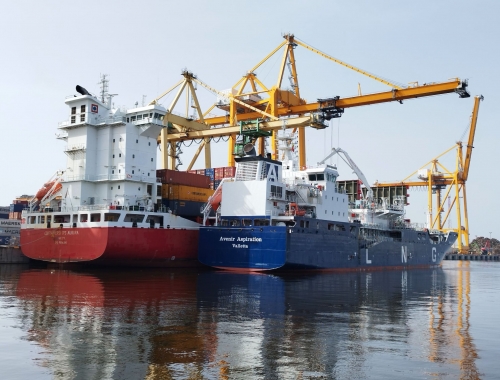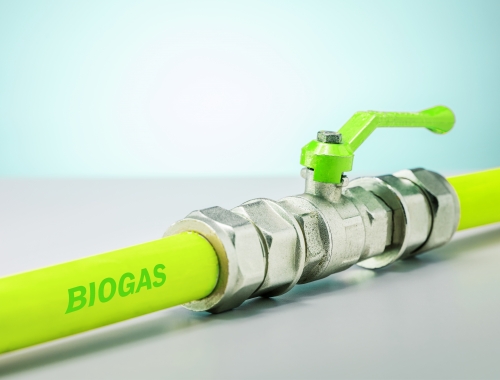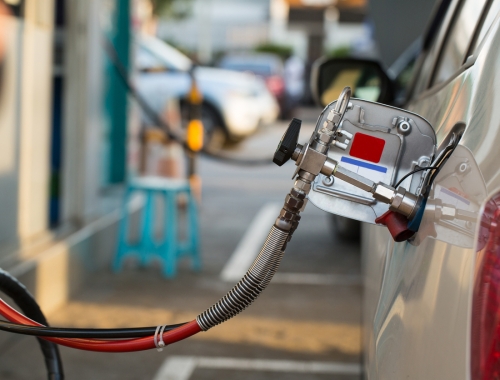India approves $2.4bn green hydrogen mission
SUMMARY
The government expects a green hydrogen production capacity of at least 5mn metric tons/year by 2030.
By Shardul SharmaPOSTED IN:
Indian cabinet, chaired by prime minister Narendra Modi, on January 4 approved the 197.4bn rupees ($2.4bn) National Green Hydrogen Mission.
The government expects the push will result in a green hydrogen production capacity of at least 5mn metric tons/year by 2030 with an associated renewable energy capacity addition of about 125 GW in the country. India's renewable capacity stands at over 172 GW as of December 2022.
“The mission will have wide ranging benefits- creation of export opportunities for green hydrogen and its derivatives; decarbonisation of industrial, mobility and energy sectors; reduction in dependence on imported fossil fuels and feedstock; development of indigenous manufacturing capabilities; creation of employment opportunities; and development of cutting-edge technologies,” the government said.
The targets by 2030 are likely to create over 600,00 jobs. Nearly 50mn mt/yr of CO2 emissions are expected to be averted by 2030, the government said.
The mission will facilitate demand creation, production, utilisation and export of green hydrogen. Under the strategic interventions for green hydrogen transition programme (SIGHT), two distinct financial incentive mechanisms – targeting domestic manufacturing of electrolysers and production of green hydrogen – will be provided under the mission.
The mission will also support pilot projects in emerging end-use sectors and production pathways. Regions capable of supporting large scale production and/or utilization of Hydrogen will be identified and developed as green hydrogen hubs, the government said.
Green hydrogen is produced through the electrolysis of water, powered by electricity generated from renewable sources of energy. At present, most of the world’s hydrogen is produced using fossil fuels, especially natural gas.







